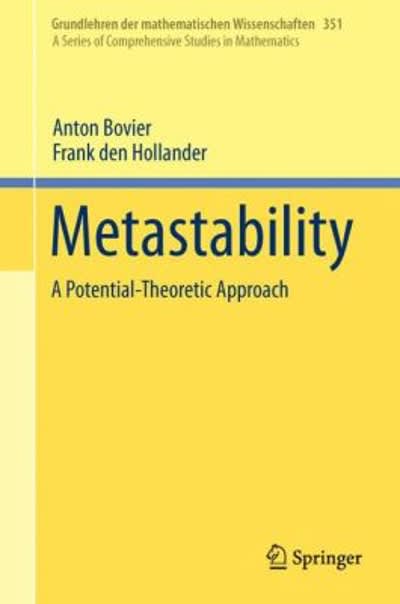Answered step by step
Verified Expert Solution
Question
1 Approved Answer
Transition from Calculus to DiffEq: The Forced Oscillator DiffEq a) Here's a solution to a differential equation: y[t] = e (Kl 5 +K2 6'5)

Transition from Calculus to DiffEq:
The Forced Oscillator DiffEq

Step by Step Solution
There are 3 Steps involved in it
Step: 1

Get Instant Access to Expert-Tailored Solutions
See step-by-step solutions with expert insights and AI powered tools for academic success
Step: 2

Step: 3

Ace Your Homework with AI
Get the answers you need in no time with our AI-driven, step-by-step assistance
Get Started


